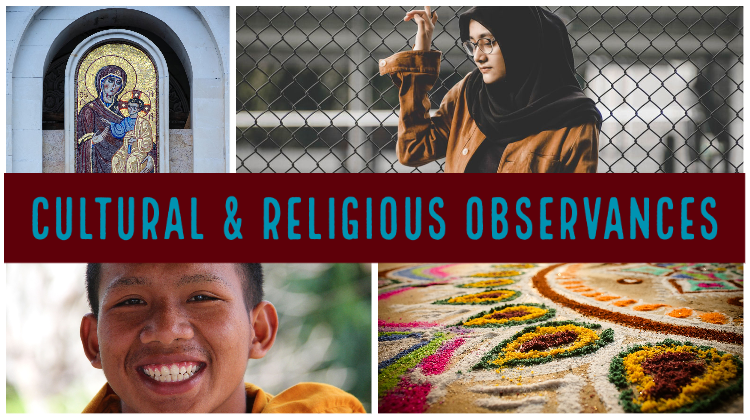National Native American Indian Heritage Month
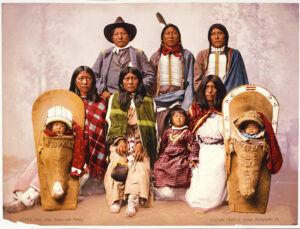
Culture/religion: National observance
Date: November
Native American Heritage Month has evolved from a week-long celebration when president Ronald Reagan proclaimed November 23-30 as “American Indian Week” to a month-long celebration in 1990 when president George H.W. Bush issued a proclamation designating the month of November as National American Indian Heritage Month.
National Native American Indian Month celebrates and recognizes the accomplishments of the peoples who were the original inhabitants, explorers and settlers of the United States.
Sources:
NativeAmericanHeritageMonth.gov
Native American Heritage Month, PBS
National American Indian Heritage Month, Library of Congress
All Saints Day
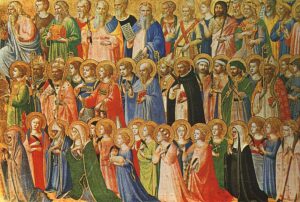
Culture/religion: Christianity
Date: November 1
All Saints Day is a celebration honoring all the saints from Christian history. This celebration comes from the belief of a spiritual connection between those in Heaven and on Earth.
In the early years, the Roman Empire persecuted Christians, so the Church set aside a special day to honor those martyrs who died for their faith. Because there were too many to recognize individually, they were combined into one day of recognition.
Sources:
All Saints’ Day, November 1 – Meaning and History, Christianity.com
Samhain
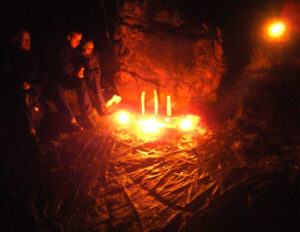
Culture/religion: Pagan/Wiccan
Date: November 1
Samhain is a Gaelic festival marking the end of the harvest season and the beginning of winter. It occurs about halfway between the autumn equinox and the winter solstice.
In ancient times, Samhain was the most important of the four quarterly fire festivals. Hearth fires in the family home where left to burn out while harvest was gathered. Cattle were sacrificed and participants took a flame from the communal bonfire back to relight their hearth fires.
Samhain is considered an important precursor to Halloween, as it is a time when the world of the gods was believed to be made visible to humankind. The gods played many tricks on their mortal worshipers and was time filled with danger, fear and supernatural episodes.
Alternate spellings:
Samain
Pronunciation:
sow-win
Sources:
Samhain, Encyclopedia Britannica;
Samhain, Wikipedia;
Samhain, History.com
Día de los Muertos (Day of the Dead)
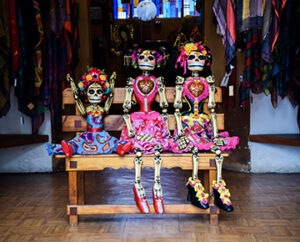
Culture/religion: Mexican heritage
Date: November 1-2
Día de los Muertos is a two-day celebration where it is believed that the passageway between the real world and the spirit world is open so our deceased loved ones can come back to visit us. It began as a mixture of the Aztec festival dedicated to the goddess Mictecacihuatl (“lady of the dead”), with a Catholic influence.
Día de los Muertos is celebrated on November 1st and 2nd. Tradition holds that children who have passed come back to visit on November 1st and the adults who have passed return for the festivities on November 2nd. The deceased loved one’s favorite meal and drink is prepared, and there is singing and dancing before they go back to the underworld for another year.
The celebration is not a time for mourning, but rather a time for a reflective and lively event honoring the deceased. Flowers, food, altars and music are all integral parts of the holiday.
Sources:
Day of the Dead History, DayOfTheDead.holiday
All Souls Day
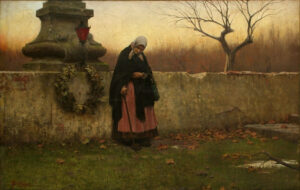
Culture/religion: Christianity
Date: November 2
All Souls Day is a day honoring the dead, celebrated in the Catholic Church, the Eastern Orthodox Church and a few other Christian denominations.
Catholics believe the soul of a person who dies can go to one of three places: heaven, hell or purgatory. All Souls Day honors those in purgatory being cleansed of their venial sins and being made pure before entering heaven.
Prayers, almsgiving, lighting candles and attending Mass are some of the traditional ways the day is observed.
Alternate names: The Commemoration of All the Faithful Departed (Roman Catholic Church); Feast of All Souls; Día de los Muertos
Sources:
All Souls’ Day, Catholic Online
All Souls Day and Why Catholics Celebrate It, Learn Religions
Diwali
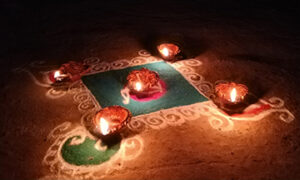
Culture/religion: Hindu
Date: November 4
Diwali is the festival of lights celebration in India. In fact, it is one of the most important and the most celebrated festival in India.
The Diwali celebration lasts for five days, and on the third day, the key rituals of the festival take place. These rituals include lighting of Diyas (an oil lamp usually made of clay) and candles around the house and worshipping the Laxmi Ganesha to summon health and wealth. Gifts are also given during Diwali as a gesture of love and affection.
Sources:
Diwali Festival, DiwaliFestival.org
Birth of the Báb
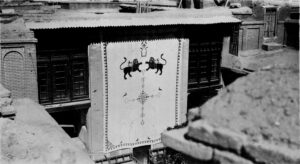
Culture/religion: Bahá’í
Date: November 6
Siyyid Ali-Muhammad was born on October 20, 1819 in Shiraz, Persia (now Iran), and claimed to be the promised redeemer of Islam, thereby becoming known as the Báb, which means “the gate.” The Báb was a prophet and the founder of Bábism and is one of the central figures of the Bahá’í faith.
The Birth of the Báb is one of several Bahá’í holy days on which work is to be suspended and begins with prayers and devotional readings leading up to a festive social gathering.
Pronunciation: Bahá’í: Ba-HIGH; Báb: Bahb (Bob)
Sources:
About the Birth of the Báb, Bahá’í Blog
The Birth of the Báb, BBC
Báb, Wikipedia
Style guide, glossary and pronunciation guide, Bahá’í World News Service
Birth of Bahá’u’lláh
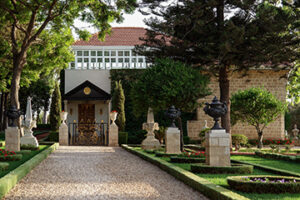
Culture/religion: Bahá’í
Date: November 7
Bahá’u’lláh was a religious leader and founder of the Bahá’í faith which advocates universal peace and unity among all races, nations and religions. Baha’u’llah was a follower of Báb and Bahá’ís regard him to be a Manifestation of God.
This day celebrates the birth of the Bahá’í founder and teacher, Baha’u’llah. Born to an affluent family in Persia in 1817, Baha’u’llah spent many of his later years as a prisoner and in exile for his work in the Bábi movement. It was in his prison cell that he had his new religious revelation and the Bahá’í faith was born.
On this day, one of nine holy days in the Bahá’í religion, Bahá’ís do not work. Many observe the day in small celebrations or gatherings where prayers are said from Baha’u’llah’s writings.
Pronunciation: Bahá’í: Ba-HIGH; Báb: Bahb (Bob); Bahá’u’lláh: Ba-ha-ul-LAH
Sources:
Baha’u’llah, Wikipedia
Style guide, glossary and pronunciation guide, Bahá’í World News Service

